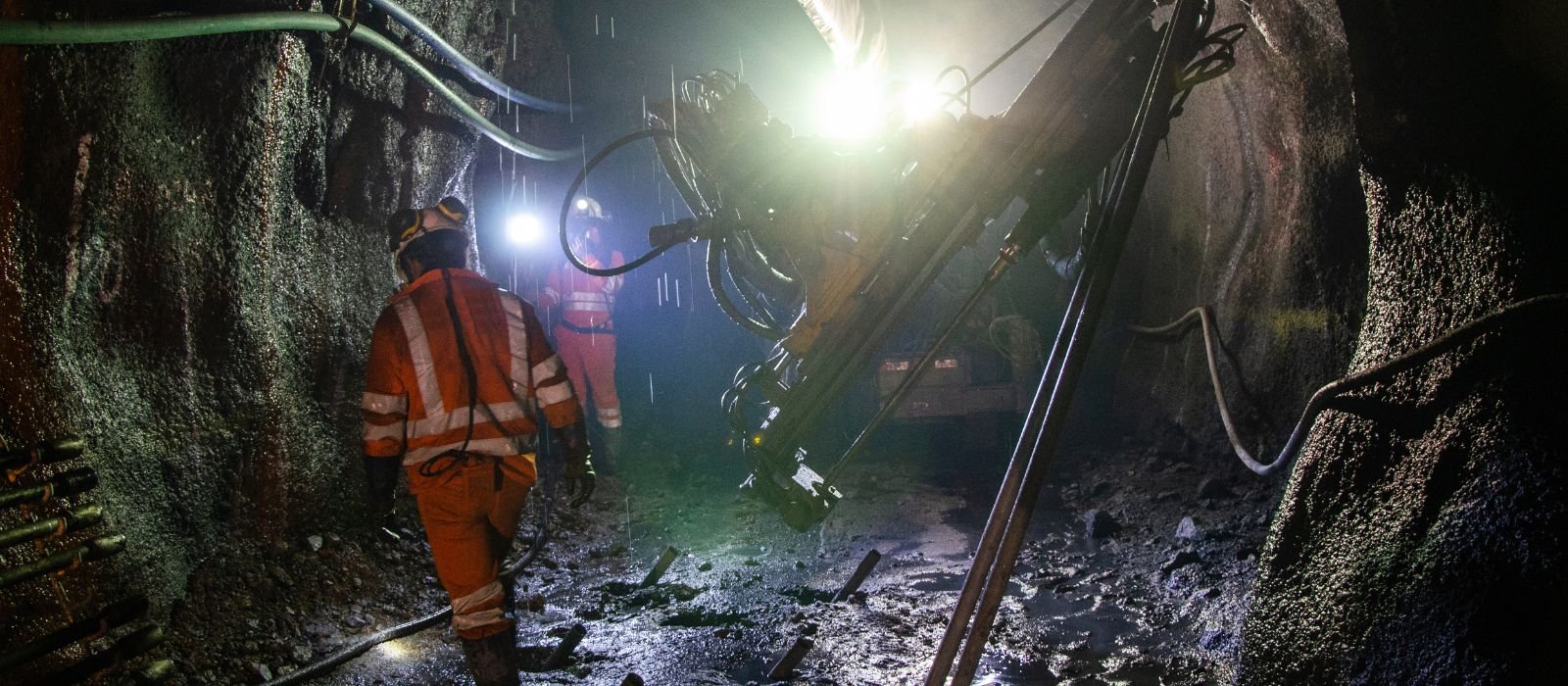Making some critical choices to seize Australia’s unique opportunity

Australia has a chance to generate more than $170 billion in gross domestic product (GDP) and create almost 330,000 jobs by 2040 if we capitalise on our first-class endowment of critical minerals and other energy transition materials.
This is according to the Aussie Mine 2023: Critical choices report, PwC’s 18th annual analysis of Australia’s top 50 mid-tier mining companies (MT50).
This opportunity, however, will only be realised if the country thinks differently and acts now, with the report revealing mining companies are well positioned to increase exploration, discovery and development of critical minerals projects.
By considering four alternative futures for Australia’s critical minerals sector, alongside the FY23 performance of the mid-tier 50 mining companies (MT50), Aussie Mine 2023 explores a range of policy choices that could help Australia maximise the opportunity.
The scenarios range from maintaining market position; value adding; shaping international markets; and under the last and most beneficial situation, building capabilities and international market share.
The report shows that the industry has critical choices to make as we transition to a lower carbon economy. Drastic action is needed to both maximise Australia’s economic potential and reach net zero emissions in a timely manner.
In short, we’ll only get this prize if we are bold enough to think differently and act now. It is a race, and while market movement shows strong growth in the MT50 critical minerals players, more needs to be done to ensure we capitalise on a narrowing window of opportunity.
Australia faces choices about the role it will play in the global energy transition
According to Aussie Mine 2023, Australia has started to promote its role in global secure supply chains with strong ESG credentials. But with globalisation evolving, we need to think differently about our role in the decades ahead. Australia faces critical choices around:
- funding and incentives to significantly increase exploration activity
- infrastructure to support and incentivise critical minerals investments
- direct market interventions to address potential market failures
- collaboration across both industry and geographies
- untangling regulation to accelerate critical minerals supply; and
- access to talent and skills to deliver critical minerals projects.
These choices are critically important, with our analysis finding the additional GDP opportunity presented by critical minerals could also deliver up to $50 billion in additional tax revenue to the governments of Australia.
As our use of coal and hydrocarbons for energy decreases, mineral intensity increases, and Australia has the right ‘magic dirt’ needed for this. But the ‘size of the prize’ depends on whether Australia maximises its critical minerals opportunity.
Critical minerals companies dominate deal activity, while governments continue to increasingly benefit from the mining sector
Aussie Mine reveals total deal value among the MT50 in the 2023 financial year topped $14.2 billion. Unsurprisingly, critical minerals deals made up 90 per cent of all M&A activity.
BHP’s $11 billion acquisition of OZ Minerals dominated the list of 2023 completed deals, while three significant pending MT50 lithium transactions mean that 2024 is expected to be even bigger for deals.
Miners face an intensely competitive environment for critical minerals assets, as the sector attracts new buyers from other sectors such as industrial companies. We expect to see more deals combining traditional mining companies with chemicals companies to unlock value from downstream activities.
The report also finds that the MT50 is also demonstrating a clear win-win for governments in critical minerals projects, with the earnings of critical minerals companies increasing in FY23 meaning income taxes rose to $2.3 billion. Royalties were also substantially higher, increasing by 112 per cent.
Other key findings in the report include:
- Overall values for the MT50 companies increased 37 per cent to a record $155.9 billion to end of June 2023
- Operating cash flows were up 29 per cent ($5.6 billion) to $24.6 billion, while revenue was up 37 per cent to $60.9 billion.
- Dividends paid climbed 45 per cent to $4.8 billion
- Critical minerals companies continue to cement their place as the dominant commodity group within the MT50, making up 44 per cent in number, but representing 57 per cent of the MT50 market capitalisation.
To read more, visit Aussie Mine 2023: Critical choices
Related content: TLS Xtra with Marc Upcroft
To wrap AusIMM's Thought Leadership Series for 2023, we sat down with Marc Upcroft in our concluding TLS Xtra episode.
This year #TLS2023 navigated the complex landscape of the future workforce, diversity and inclusion, critical minerals and Australia’s circular economy. In this insightful chat, Marc delves into PwC’s Aussie Mine Report, breaking down the current state of the mining industry and shedding light on future opportunities and challenges.
His data-backed perspectives add a compelling layer to the profound discussion we have already explored this series. Watch the full interview below.